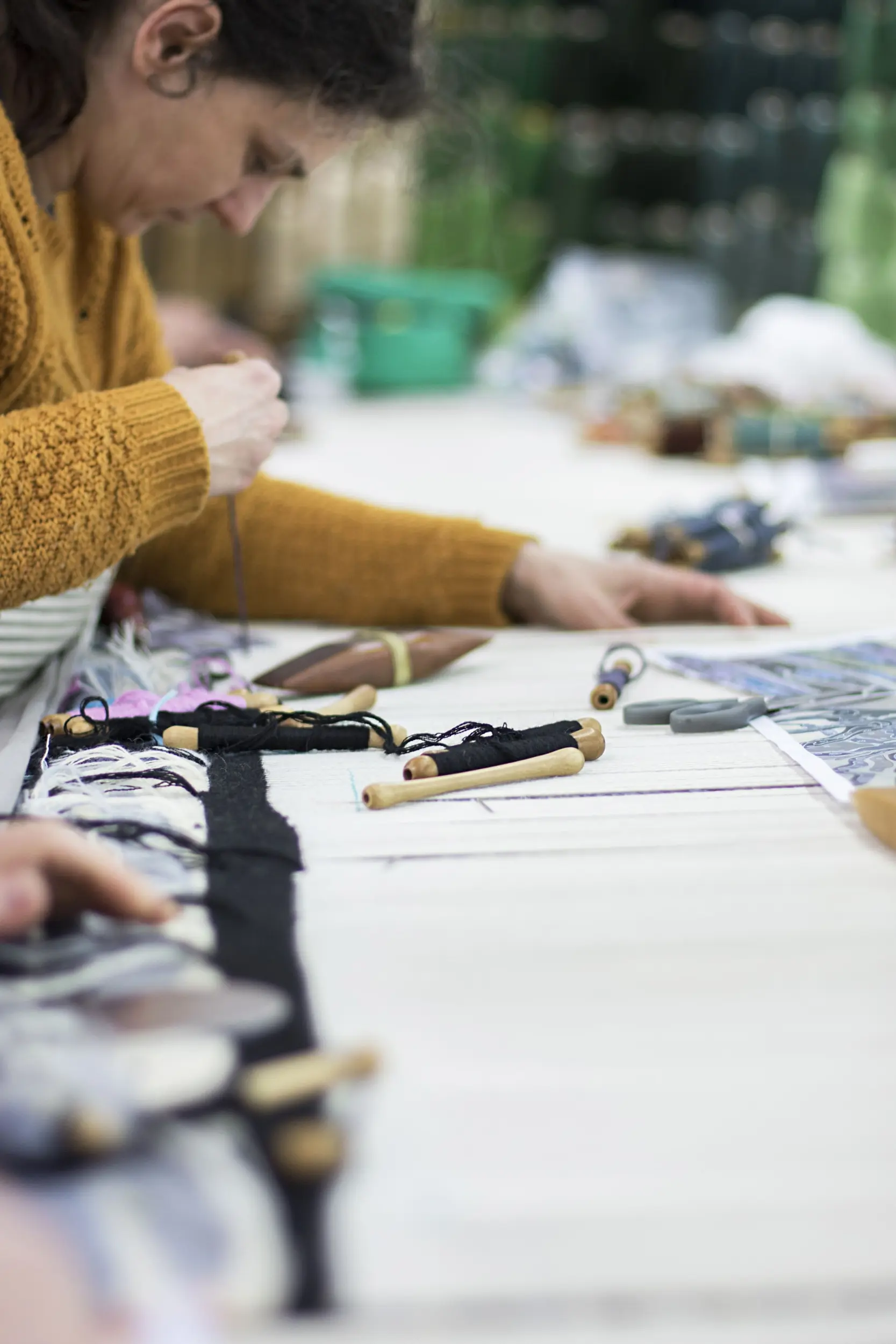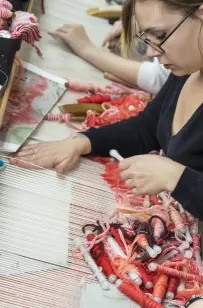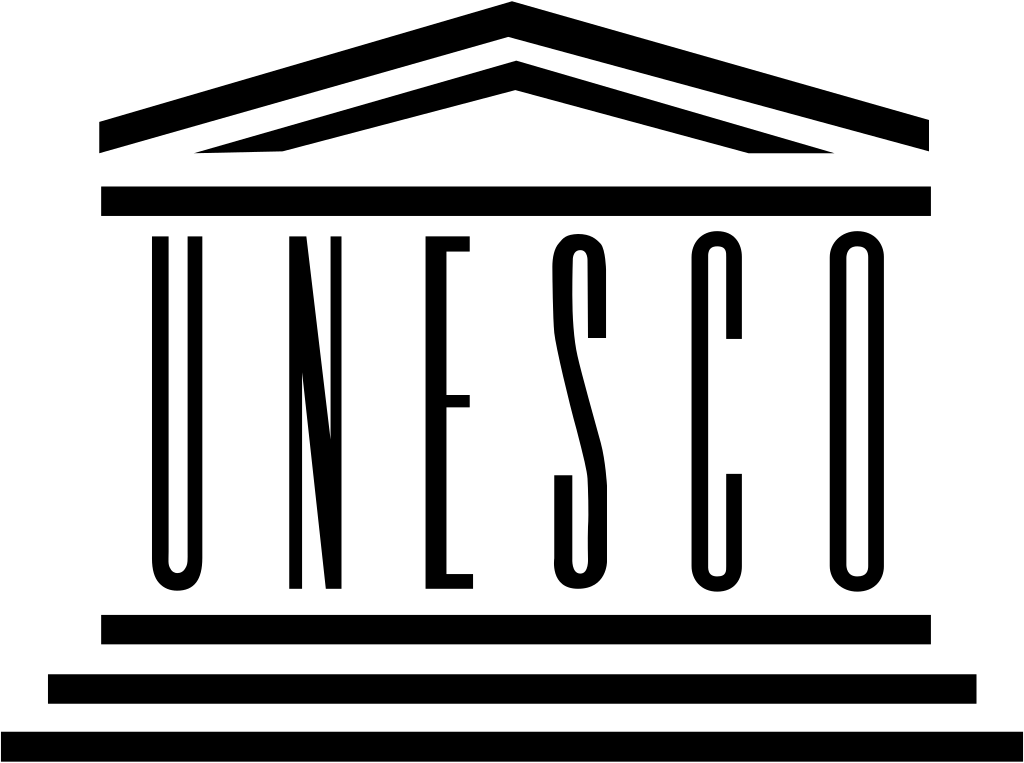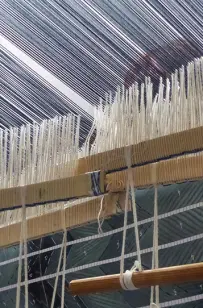The craftsmanship of Aubusson tapestry
For nearly 600 years, Aubusson tapestry has embodied exceptional craftsmanship, with its tradition continuing through the centuries. It is a testament to a unique artisanal mastery, passed down from generation to generation.

Presentation
Since the establishment of the weaving tradition in Aubusson-Felletin, the region has become a hub for textile art / woven art practitioners, united by Aubusson tapestry. These actors meet, exchange ideas, adjust to one another, and experiment... The "wonder" attributed to the woven works of Aubusson is the result of this ongoing collaboration between various links in the chain: production, washing and preparation of wool, spinning, dyeing, weaving workshops, and restoration... Their simultaneous presence in the southern Creuse region, coupled with the preservation of traditional skills and techniques, is a rare situation that was highlighted by UNESCO when Aubusson tapestry was inscribed on the Intangible Cultural Heritage of Humanity list.
A heritage inscribed on the UNESCO list since 2009
A luxury product, a craft of excellence and local tradition, Aubusson tapestry is part of nearly six centuries of history and is now being renewed through contemporary creation. An uninterrupted production where expertise, people, and the territory of southern Creuse converge. Aubusson tapestry encompasses a range of techniques, trades, and skills unique to Aubusson, which were recognized with the "Intangible Cultural Heritage" label by UNESCO in 2009.


IG Tapisserie et Tapis d'Aubusson
The Geographical Indications "Tapis d'Aubusson" and "Tapisserie d'Aubusson" certify the authenticity and origin of textile productions made in Creuse. These appellations, which guarantee centuries-old craftsmanship, are protected by the National Institute of Industrial Property (INPI). Only companies duly certified by Certipaq and members of the Defense and Management Organization (ODG) LAINAMAC are authorized to claim these labels.


Raw materials and spinning mills
Tapestry is a matter of fibers, particularly wool, a preferred material recognized for its insulating properties, flexibility, durability, and its particular suitability for dyeing.

Cartoons & dyes
An essential figure in weaving, the cartoonist-dyer transcribes the artist’s original design into a model, the “carton,” transitioning from the pictorial language to the textile language. Placed under the warp threads, the carton guides the weaver throughout the weaving process.

Weaving & finishing
The lissier is the tapestry artisan who carries out the weaving on a loom. The name comes from the term “lisse,” which refers to a small cord attached to a warp thread, connecting it to a “marche”—also called a pedal—operated with the foot to separate the odd threads of the warp. This allows the weft threads to be passed through using a shuttle, usually made of wood. A tapestry is created by completely covering the warp with the weft.

Restoration
From the setting up of the warp to the finishing touches, the creation of a tapestry unfolds over a long period of time and relies on the lissiers’ mastery of their craft.
